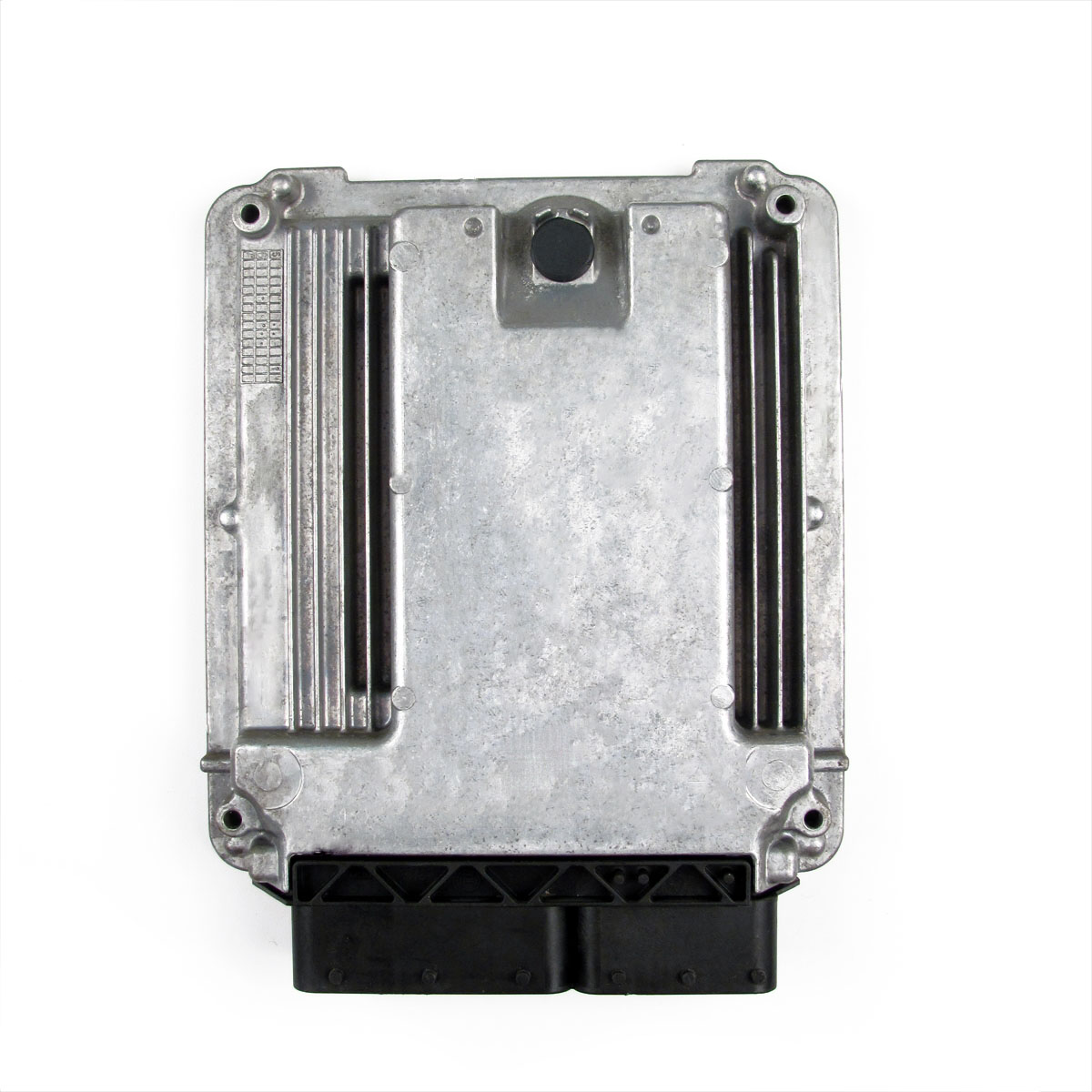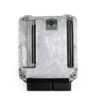Restore Your Buick’s Smooth & Reliable Performance
Is your 2010-2011 Buick LaCrosse, Acadia, or CTS suffering from frustrating engine problems? A faulty Engine Control Module (ECM) can cause a range of issues, from a persistent check engine light and rough idling to poor fuel economy or even a no-start condition. Don’t let a failing computer keep you off the road. This professionally programmed ECM is the definitive, hassle-free solution to restore your vehicle’s original performance and your peace of mind.
We take the guesswork out of the repair. Simply provide your vehicle’s VIN during checkout, and our expert technicians will flash this module with the latest official GM software specific to your car. This critical step ensures all components communicate correctly, just as the factory intended. For LaCrosse and Camaro owners, we offer a specialized service to transfer your vehicle’s immobilizer data, making this a true plug-and-play repair without requiring expensive dealership security procedures. This is the most reliable way to get your car running right again.
Common Symptoms & Your Direct Solution
If you’re experiencing any of the following, a failing engine computer is the likely culprit. This programmed 2010-2011 Buick LaCrosse ECM is engineered to solve these exact problems:
- Erratic engine performance, stumbling, or stalling
- Drastic decrease in fuel mileage
- Check Engine Light is on with codes like P0601, P0602, or P0606
- Transmission shifting issues or harsh engagement
- Intermittent or complete failure to start
- Communication errors with diagnostic scan tools
Features & Tangible Benefits
- ✔ VIN-Specific Programming: We flash the module to your exact VIN, guaranteeing a perfect match for your vehicle’s options and systems.
- ✔ Latest GM Software: Your ECM arrives with the newest factory software updates, which can resolve common drivability issues and improve overall efficiency.
- ✔ Hassle-Free Installation: Our programming service eliminates the need for extra trips to the dealership, saving you time and money on complex setup procedures.
- ✔ Restored Engine Health: Corrects the root cause of poor performance and fuel consumption, bringing back the smooth, responsive power you expect.
- ✔ Broad Compatibility: This is a direct-fit replacement for multiple part numbers, including 19300015, 19300014, 12617230, and 12636355, across a range of GM 3.6L vehicles.
- ✔ Guaranteed Reliability: Drive with confidence knowing this unit is backed by our one-year replacement warranty.
Expert Insight: Why VIN Programming is Non-Negotiable
In modern vehicles like your LaCrosse or Traverse, the ECM is the central command center. It doesn’t just manage the engine; it communicates with the transmission, ABS, body control module, and anti-theft system. Simply installing a generic, unprogrammed module is like giving your car a brain with amnesia—it won’t recognize the other components. Our VIN-specific programming ensures the ECM has the correct ‘digital handshake’ for your exact vehicle, preventing a host of communication errors and ensuring every system works in perfect harmony from the moment you turn the key.
By purchasing this programmed 2010-2011 Buick LaCrosse ECM, you are not just buying a part; you are investing in a comprehensive solution that restores your vehicle’s integrity and your confidence on the road. We handle the complex technical work so you can get back to driving.
Frequently Asked Questions
What is the process after I place my order?
After you purchase, you will need to send us your vehicle’s 17-digit VIN. We will use this to program the module specifically for your car. If you have a Buick LaCrosse or a Chevrolet Camaro, we will contact you with simple instructions to send in your original ECM so we can transfer the immobilizer data, making the new unit completely plug-and-play.
Is this part difficult to install?
The physical installation of the ECM is generally straightforward for someone with basic mechanical skills, often involving just a few bolts and electrical connectors. The most difficult part is the programming, which we handle for you before shipping. This saves you from needing specialized, expensive scan tools.
Will this fix my check engine light?
If the check engine light and associated diagnostic trouble codes (DTCs) are caused by a faulty ECM, then this part will be the correct solution. It’s always recommended to have a professional diagnosis to confirm the ECM is the point of failure before ordering.
Do I need to do anything after installation?
For LaCrosse and Camaro models, our immobilizer service makes the unit ready to go right out of the box. For other compatible vehicles, the module is fully programmed, and no further dealer-level programming is needed. It is sometimes beneficial to perform a simple idle relearn procedure, which can be done without any special tools.
How do I find my vehicle’s VIN?
Your VIN can be found on your vehicle’s registration, insurance card, or on a metal plate on the driver’s side of the dashboard, visible through the windshield.
Does this fit other vehicles besides the LaCrosse?
Yes. This ECM is compatible with a wide range of 2010-2011 GM vehicles equipped with the 3.6L engine, including the Chevrolet Traverse, GMC Acadia, Cadillac CTS & STS, Saturn Outlook, and Buick Enclave. Please check the fitment list to confirm for your specific model.


